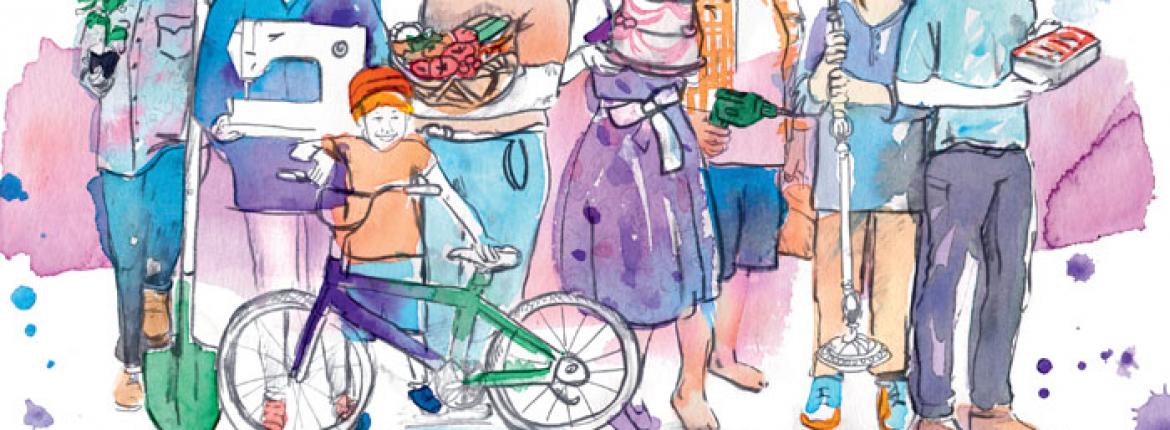Why buy a drill when all you need is a hole? That’s the analogy most often used when describing collaborative consumption – a fancy term for sharing, borrowing, and swapping goods, skills or services.
The idea is this: in any one neighbourhood, almost every household will own its own drill. But the average owner will only use it to make a few holes each year, so each drill is in use for a tiny fraction of its lifetime. What if, instead of each owning a drill we hardly used, we all shared one between us?
Though collaborative consumption is a relatively new term, coined by Rachel Botsman, co-author of What’s Mine is Yours: The Rise of Collaborative Consumption, the concept dates back to the earliest form of human interaction. Sharing comes naturally to us and ‘sharing stuff’ was how society once worked. Then the advent of abundant cheap energy allowed us to become more independent and we began to use more resources. We started to consume more.
Recently, there’s been another social shift. Factors such as the economic crisis and a growing environmental awareness have contributed to a global movement toward a more sharing society. People are increasingly inclined to collaborate, to consume less and to take more care with resources.
And, while some people are taking this ‘collaborative consumption’ thing very seriously, others are just dabbling in the concept. It’s easy to be involved at any level and it can be fun.
One of the reasons it’s easy is that a lot of it is based online. If there is something you’re happy to share or something you want access to, it’s likely there’s a website or a mobile application ready to access, with a system in place and a process to follow, to make it happen. When an exchange is involved, these online sites keep track, so people know their contribution is recorded and has value. It’s above board.
Another key element to this trend is locality. Tool sharing, car pooling, food sharing, ‘time banking’ – these concepts work best with local connections. It makes sense to collaborate with those close by. And through the process of sharing and through efforts to reduce consumption, people are finding themselves connected with their communities, which is where the fun comes into it.
We’ve compiled a few inspiring examples of systems already in place for people who share and care.
Reported for our AA Directions Summer 2013 issue




